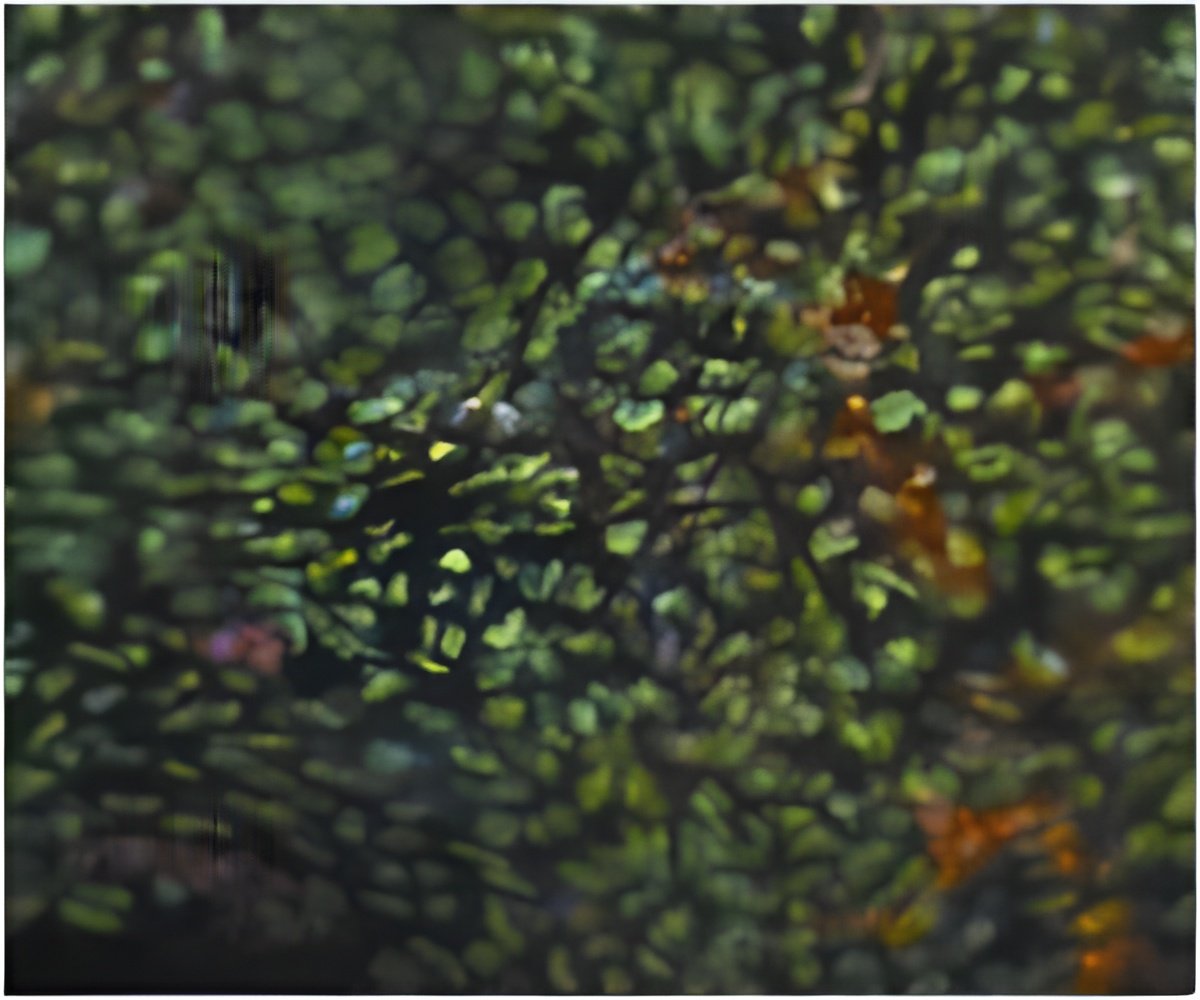A recent work on subcellular redox homeostasis is described in the April issue of Experimental Biology and Medicine by a multidisciplinary research team.

Oxidative states are generally considered to be indicative of cellular stress; however, cells inherently release harmful reactive oxygen species during energy production, neutralized by intracellular antioxidative buffering systems. The recent development of genetically-encoded fluorescent biosensors specific to glutathione (GSH), the most abundant cellular redox buffer, has facilitated the IGB research group's discovery of distinct alterations of glutathione redox potentials in the cytosol versus mitochondria within the cell.
"The highly sensitive probe Grx1-roGFP2 enabled us to monitor rapid compartmentalized changes in the glutathione redox potentials in live cells. The complex redox interactions between organelles are significant to maintaining cellular health and imbalances may contribute to the transformation of tumor cells," said Dr. Vladimir Kolossov, corresponding author.
The changes in fluorescence intensity of the probe correspond to the alterations of oxidized:reduced GSH, which is highly indicative of overall redox balance. Time lapse images collected on a Zeiss Axiovert 200M fluorescence microscope in the core imaging facility of IGB allowed real-time monitoring of the redox state in the cytosol and mitochondria of live cells.
"In modern biology mitochondria are considered to be much more than the powerhouse of the cell; they integrate multiple intracellular signals to regulate progression through the cell cycle and into apoptosis. Therefore it is vital that they maintain optimal functionality to prevent the development of abnormal cells," states co-author Jessica Beaudoin.
With this in vivo model, the research team uncovered evidence of distinct organellar perturbations in redox balance following inhibition of GSH synthesis with buthionine sulfoximine, demonstrating increased mitochondrial oxidation in response to GSH depletion compared to the cytosol. The effect was observed in multiple mammalian cell lines, including both normal and tumorigenic models. Taken together, these findings indicate different redox requirements for the glutathione thiol/disulfide redox couple within cytosol and mitochondria of resting cells and reveal distinct regulation of their redox poise in response to inhibition of glutathione biosynthesis.
Advertisement
Advertisement









